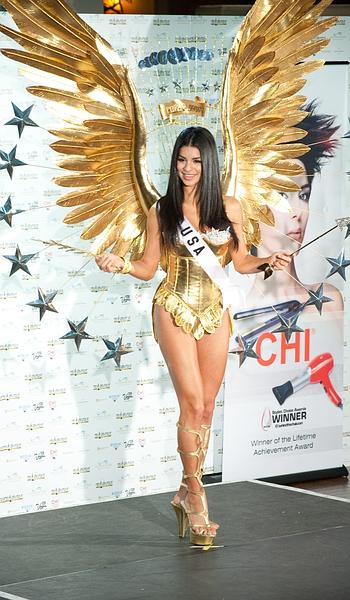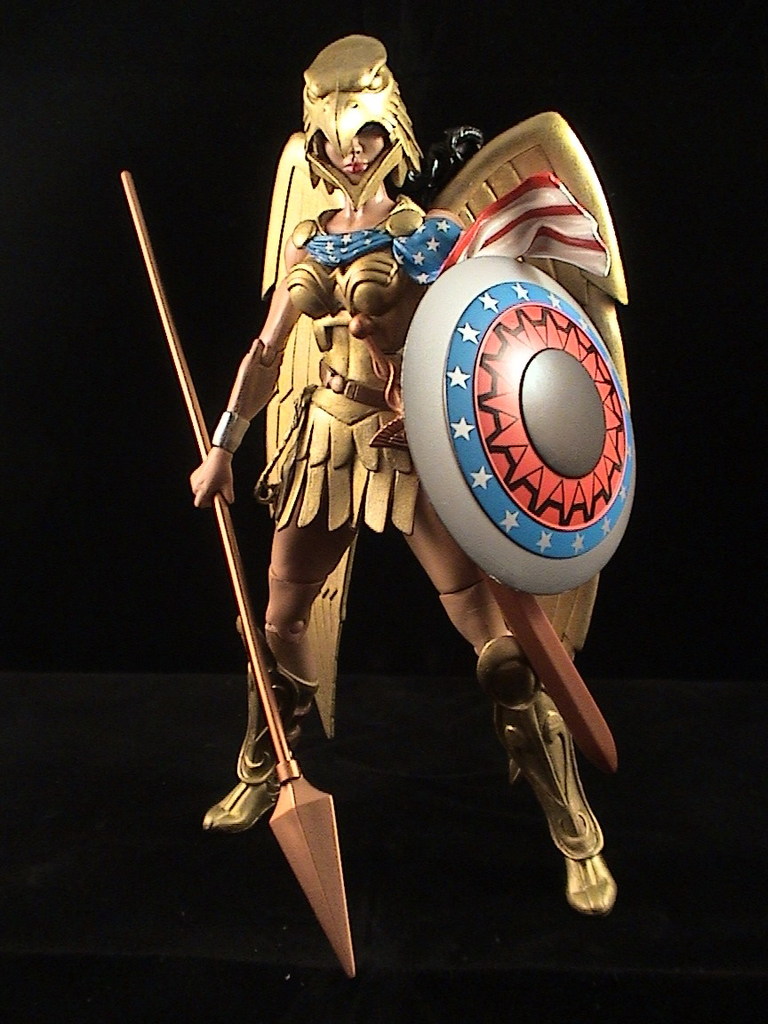Thinking about standing turns out to be a great Ockham’s razor that clarifies almost any problem. If you’re not familiar with it, the legal concept of standing basically says that you can’t bring a lawsuit unless you can show you’ve been (or soon will be) materially harmed in some way. It’s a great way to get a case tossed before it’s even started, which is why it’s a go-to move for any lawyer.
For instance, let’s say Sarah Palin wanted to bring a lawsuit to stop the Cordoba House from being built near the WTC site. So long as she can’t show that she, personally, is harmed by its being built, all she can do is say how much she doesn’t like it on TV.
This, essentially, was what Barack Obama, good law professor that he is, said. It’s on private property. You might not like it, but you don’t have standing. Shut up. Later, when he “rolled back” his “support,” what he was really doing (I think) is saying, “We don’t even have to argue the wisdom of it. That’s it. It’s done.” This is the smart lawyer move. Set every other question aside and focus on the one that wins the case.
The Prop 8 case in California also shows standing at work:
Even though Judge Walker did not immediately let same-sex couples in California marry, the ruling provides important insight into the merits of the issues that the Ninth Circuit will consider on appeal. For example, in his ruling today, Judge Walker casts serious doubt on whether the proponents of Prop 8 even have “standing” to pursue an appeal because they do not speak for the state of California, and the official representatives of the state agree that Prop 8 is unconstitutional. Standing refers to whether a particular person has a legal right to bring an appeal. In his ruling today, Judge Walker said: “As it appears at least doubtful that proponents will be able to proceed with their appeal without a state defendant, it remains unclear whether the court of appeals will be able to reach the merits of proponents’ appeal. In light of those concerns, proponents may have little choice but to attempt to convince either the governor or the attorney general to file an appeal to ensure jurisdiction.”
Just think about that for a moment: no one, no individual or group, can show that they’re harmed by permitting gay men and women to marry, while those couples can easily show they’re harmed by prohibiting their marriage. You often hear arguments tossed out of the form “how does two men/women marrying hurt you?” as if that question is supposed to incline you to support or permit gay marriage based on a minimalist “it’s none of my business” ethic. And sometimes that feels a little unsatisfying, because “it doesn’t hurt anybody” is a pretty thin grounds for substantive acceptance and equality.
But that’s not what it’s for. In a very real sense, it’s about establishing whether or not someone has the right to speak for or against a legal decision. And that, ultimately, is how the law is shaped.
Now, because the whole point of establishing standing is to formally limit what can be said and who can say it, it comes with all sorts of limitations as part of the package. It ties you to considering issues where you have bodily harm or monetary loss and clear legal ownership. More nebulous kinds of damage, like harm done to animals, the environment, or landmarks, give you fewer places to stand. (This is one reason why the fate of the fishermen in the Gulf is of such interest in the wake of the BP disaster. Killing all those fish doesn’t matter in a tort case except insofar as it hurts the livelihood of fishermen.)
But you can also expand standing by using it as a metaphor for who’s given legitimacy to speak about something in any context, not just a court of law. This is what law professor/author Derrick Bell does in his essay/dialogue “The Rules of Racial Standing,” in Faces at the Bottom of the Well:
FIRST RULE
The law grants litigants standing to come into court based on their having sufficient personal interest and involvement in the issue to justify judicial cognizance. Black people (while they may be able to get into court) are denied such standing legitimacy in the world generally when they discuss their negative experiences with racism or even when they attempt to give a positive evaluation of another black person or of his or her work. No matter their experience or expertise, blacks’ statements involving race are deemed “special pleading” and thus not entitled to serious consideration.
Here’s a quick summary of rules 2-5 (all paraphrases mine):
2. Black judges/jurors are assumed to be partial in cases involving race and are asked to recuse themselves.
3. Enhanced standing is given to blacks who publicly disparage or criticize other blacks.
4. Blacks are actively recruited to refute or condemn outrageous statements made by other blacks.
5. Identifying rules of racial standing helps you understand racism, but cannot help you repeal them.
Obviously, these expanded rules of standing can be applied to plenty of things besides race; #2 became an issue in Prop 8 when critics of Judge Walker argued that a gay man couldn’t be expected to judge a case involving gay marriage without bias. The Daily Show had my favorite take on this:
But let’s even go outside of politics. Journalism turns out to have its own rules of standing, too. Think about media journalism: who has standing to speak? John Gruber at Daring Fireball is definitely an Apple expert and a great writer, but he’s regularly dismissed by many of those we could call (to use the Latin) playa hatas as biased because he only writes about Apple, he’s a self-proclaimed fan of their products, and he’s overwhelmingly positive about them.
This, I think, is the subtext of Jay Rosen’s terrific argument about pursuing a citizen’s agenda in political journalism. In an election — or even in a news cycle — political parties, candidates, interest groups, pundits, and yes, media outlets all have clear things they can win or lose based on how it goes. In other words, as interested parties, they all have standing. But citizens have standing, too:
One of the big advantages of deploying a citizens agenda in campaign coverage is that it substitutes for that default agenda we’re all familiar with: horse race journalism, and the inside baseball style of coverage. Instead of that, this. Use the citizens agenda to shrink the horse race narrative down to a saner size. Meaning: it’s fine to keep track of who’s ahead and point out what the candidates are doing to win. That’s part of politics. But it should not be the big lens through which journalists view the campaign because it’s simply not useful enough for voters.
In fact, the citizens’ standing matters a lot more than those other groups — but it’s overwhelmingly considered last (if at all). That’s partly because besides the ballot box and contrivances like town hall forums and YouTube debates, citizens have very few courts in which they can be heard. (The parties and candidates and pundits don’t have that problem.) We need to find a way to turn that around.
Where else can we take standing? The concept, to me, is so simple, yet so powerful — I’ve got a suspicion that it’s very nearly a universal acid.

